A lot of misinformation about pet dental health is spread constantly—especially about professional dental cleanings. So, Best Friends Veterinary Care is here to sort through the most common misunderstandings and separate “tooth” from fiction, so you can make informed decisions about your pet’s care.
Fiction: As long as pets are eating they don’t need professional dental care.
Truth: Dental disease, which is properly known as periodontal disease because not only the tooth but also the supporting structures (i.e., perio) around the crown and root are affected, is a progressive condition that worsens over time. During the early stages, most damage occurs below the gum line, unseen and unnoticed. Without intervention (e.g., toothbrushing, professional dental cleanings), the disease intensifies and becomes obvious—with signs that include bad breath, visible tartar, irritated gums, trouble eating, and loose teeth. However, despite significant pain from tooth root decay and infection, many dogs and cats continue to eat normally—although they may adapt their behavior to avoid discomfort.
As such, waiting until your pet refuses food can expose them to unnecessary and prolonged suffering. Annual wellness exams at Best Friends Veterinary Care are the best way to determine if and when your pet needs a professional dental cleaning.
Fiction: Anesthesia-free dental cleanings are an effective alternative for pets.
Truth: Anesthesia is necessary to ensure your pet’s dental cleaning experience is safe, effective, thorough, and comfortable. “Anesthesia-free” or “awake” dentals are generally extremely stressful for pets and may lead to injury if the pet moves or panics during the cleaning process. Additionally, these services do not provide comprehensive care, as they cannot evaluate or clean below the gum line, where most significant disease occurs. Essential dental x-rays can only be obtained under anesthesia.
Fiction: Anesthesia is dangerous for pets, so you should delay dental cleanings as long as possible.
Truth: Although no anesthesia—for pets or humans—is 100% risk free, the complication rate is extremely low. As part of our dedication to patient safety, the Best Friends Veterinary Care veterinarians and nursing team practice only the most well-researched anesthetic protocols and use extensive safety measures for each procedure and patient. Our detailed approach includes:
- Pre-anesthetic blood work and testing
- Intravenous (IV) catheter and IV fluid support
- Intubation to protect against aspiration and to deliver oxygen
- Continuous vitals monitoring and charting
- Hands-on nursing with only experienced, NYS-licensed technicians
- Multi-modal pain management
- Supervised recovery
Postponing your pet’s recommended dental cleaning to avoid anesthesia allows dental disease to progress unchecked. This means that if and when your pet finally receives professional dental care, they likely will require extensive treatment that often includes numerous tooth extractions which may lengthen anesthetic time. In addition, dental disease-related complications, including kidney, heart, and lung damage, can heighten anesthetic risks.
Fiction: My pet does not need professional dental care because the groomer brushes my pet’s teeth every time they get a haircut.
Truth: We love all groomers—they make our pets look and feel amazing! Brushing your pet’s teeth only every 6 to 12 weeks, unfortunately, is no better for your pet’s mouth than it would be for yours. It is just not enough.
Fiction: Pets need dental cleanings only once or twice in their lifetime.
Truth: Our veterinarians generally recommend periodic dental cleanings for most dogs and cats. Much like your own annual or bi-annual dentist visit, regular cleanings are a great way to preserve and extend dental health and an opportunity to diagnose and treat small problems (e.g., cavities) before they become serious.
Some pets may require more frequent dental cleanings because of existing disease or their individual conformation (i.e., structure). These include toy- and small-breed dogs, and brachycephalic (i.e., flat-faced) pets.
Fiction: Bad breath is normal for pets
Truth: Stinky breath in dogs and cats is not normal, but is often the first noticeable dental disease sign.
How does your pet’s breath go from sweet to sour? Bacteria.
Every time your pet eats, oral bacteria feed on leftover food debris. Invisible biofilm (i.e., plaque)—that fuzzy feeling you get when you don’t brush your teeth—forms in 24 hours and quickly mineralizes to form hard dental calculus (i.e., yellow or brown tartar). These rapidly multiplying bacteria then move in between the gum and the tooth, causing irritation and inflammation as they migrate to the vulnerable tooth root.
Fiction: Dental scaling increases plaque bacteria buildup
Truth: Scaling is a process to remove plaque and tartar from the tooth’s surface using specially designed instruments. These instruments include traditional hand-powered scalers—much like your dental hygienist uses—to scrape away plaque bacteria, and a high-tech ultrasonic scaler that uses sound waves and water to disrupt the glue-like bonds above and below the gum line and to clean the tooth’s surface.
This etching-like action creates microscopic grooves and scratches in your pet’s tooth enamel, which could increase the surface area for bacterial attachment. To prevent accelerated plaque and tartar accumulation, these grooves are gently smoothed away using a high-speed polisher and paste. It’s important to note that this step is often skipped during “awake” dental procedures, which is why pet owners report their pet’s teeth are dirty shortly after their anesthesia-free dental.
Fiction: Toothbrushing is an effective alternative to pet dental cleanings
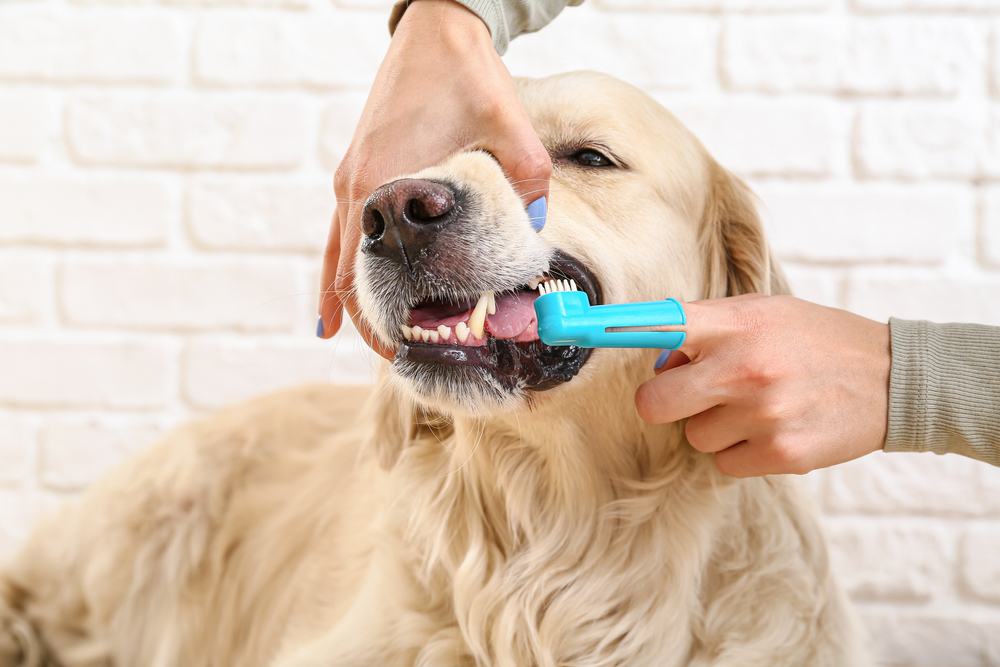
Truth: Regular toothbrushing (i.e., at least every other day) is an excellent way to deter plaque-associated bacteria from accumulating on the tooth’s surface, but is not a substitute for periodic professional dental care. Keeping your mouth clean with brushing, flossing, and mouthwash doesn’t stop you from needing regular dental check-ups for the same reasons. All teeth need professional attention to keep them healthy, and to diagnose and treat problems early.
In addition, starting a toothbrushing regimen for a pet whose mouth is already painful may create negative associations with dental care. If you’re interested in beginning an at-home care routine, first visit Best Friends Veterinary Care to ensure your pet’s mouth is healthy and pain-free.
Separating “tooth” from fiction can be tricky, especially in this information age. But when you trust your pet’s care to Best Friends Veterinary Care, you always have an expert resource that’s only a call or a click away. Contact us to discuss your pet’s dental care.



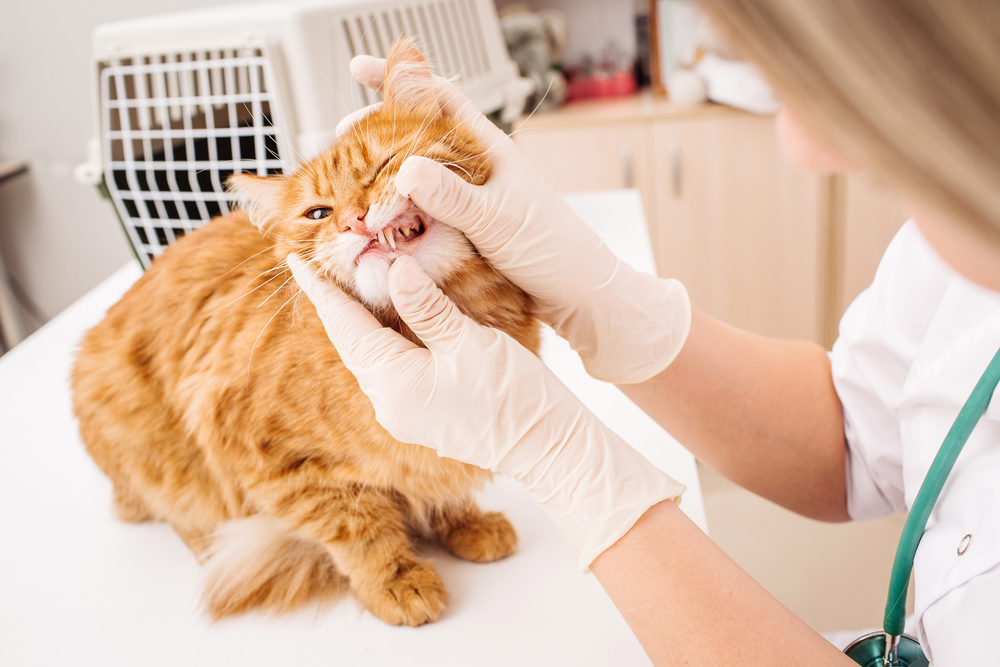
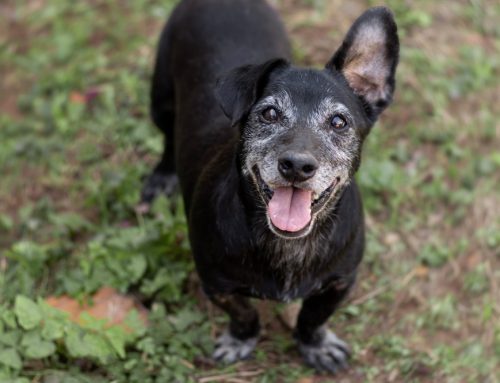
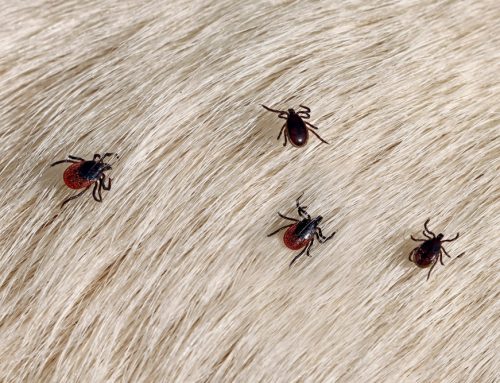
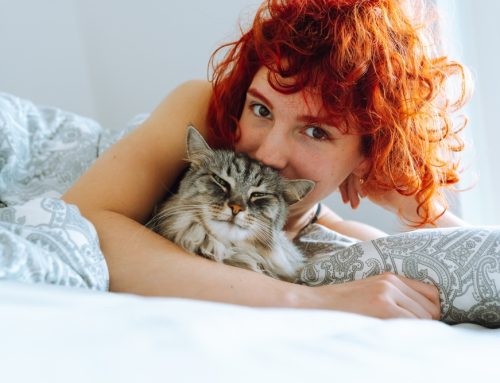

Leave A Comment